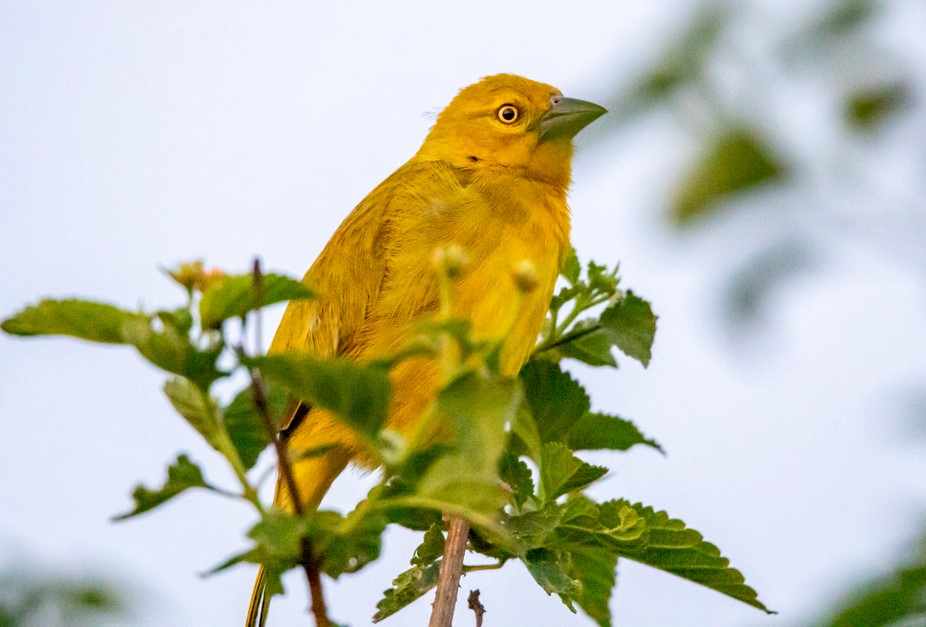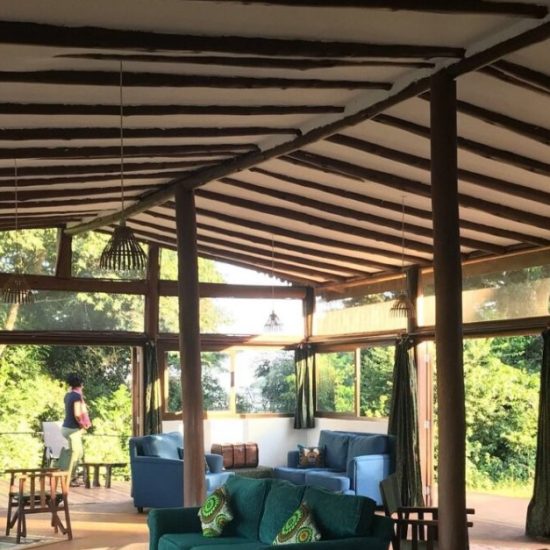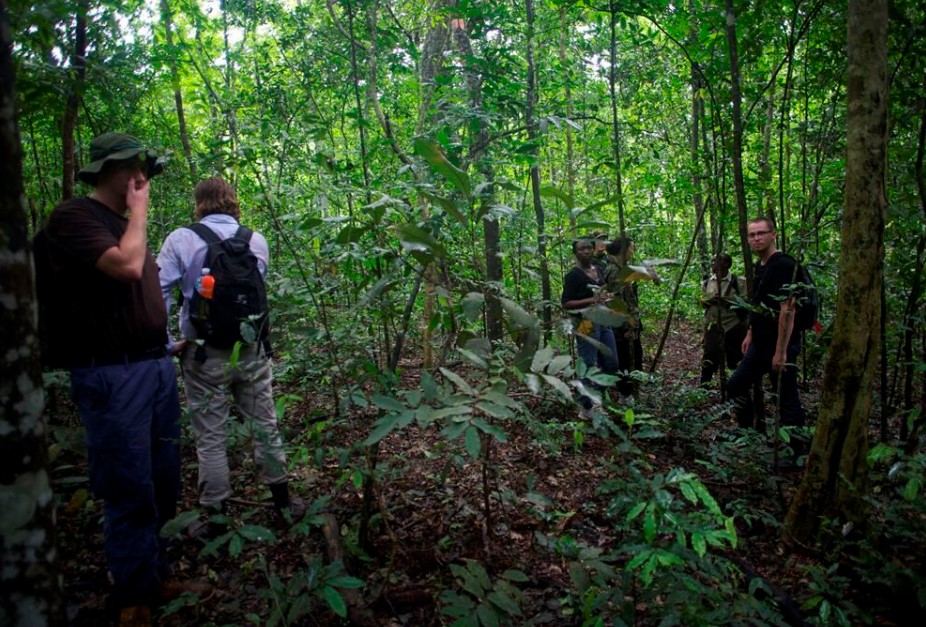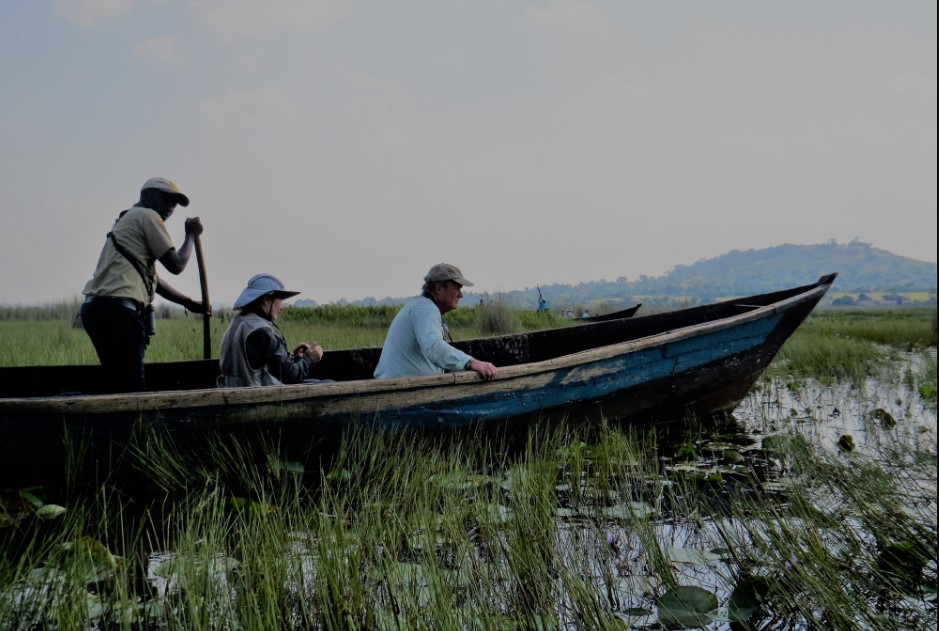
Uganda’s Birding Paradise
Uganda’s Birding Paradise: Uganda is an amazingly good birdwatching destination with a checklist of over 1080 bird species, despite being relatively small in terms of size. This is the fourth highest birding destination in Africa, whose diversity is attributed to the country’s location and its ecological transition zone where the eastern savannah converges with the western rainforest and the northern semi desert.
The country has unique and endemic wildlife species including plants, animals and several birds that surface naturally is only a specified area or destination and no where else in the world. Uganda has several endemic bird species such as the Fox’s Weaver, restricted to Uganda and no where else in East Africa.
Birding in Uganda is one of the top tourist activities that contributes incredibly to the country’s tourism industry since it draws quite a big number of visitors all over the world to come and witness the natural beauty of the country’s unique species. Some of these species to see include specials, endemic, near endemic and seasonal birds.
These bird species are distributed in various protected areas across the country such as Mabamba Wetland, home to the iconic Shoebill species, Kibale Forest National Park famous for the forest birds, Murchison Falls National Park is a prime spot for both common and special birds, Queen Elizabeth National Park has the highest concentration of birds across the country.
Others include Bwindi Impenetrable National Park and Maghinga National Park which are favourite destinations for the Albertine Rift Endemics, Lugogo Swamp in Ziwa Rhino Sanctuary, Mabamba Wetland, Albert Delta, Toro Semuliki are famous for the elusive Shoebill species. More still, Semuliki National Park is the only destination in East Africa to see various Guinea- Congo Forest Biome species.
Bird species to see include:
Strange Weaver
Rwenzori Double-collared Sunbird
Yellow-eyed Black Flycatcher
Ansorge’s Greenbul
Blue Malkoha
Chapin’s Flycatcher
Oberlaender’s Ground Thrush
Regal Sunbird
Black-lored Babbler
Black and White Casqued Hornbill
Bar-tailed Trogon
Fox’s Weaver
Dusky’s Crimsonwing
Black-billed Turaco
Black Bee-eater
Rwenzori Nightjar
Dwarf Honeyguide
Red-faced Woodland Warbler
Blue-headed Sunbird
Neumann’s Warbler
Ituri Batis
Uganda Woodland Warbler
Rwenzori Turaco
Archer’s Robin-chat
Golden-winged Sunbird
Stripe-breasted Tit
Jackson’s Spurfowl
Great Blue Turaco
Luhder’s Bush-shrike
Blue-breasted Kingfisher
Grant’s Bluebill
Red-faced Barbet
Black-faced Rufous Warbler
Jameson’s Antpecker
Rwenzori Batis
Green-breasted Pitta
Grauer’s Swamp Warbler
Magpie Mannikin
Blue-throated Roller
Karamoja Apalis
Turner’s Eremomela
Clapperton’s Francolin
Abyssinian Ground Hornbill
Many-coloured Bush-shrike
Doherty’s Bush-shrike
Equatorial Akalat
Grauer’s Broadbill
Handsome Francolin
African Grey Parrot
Purple-breasted Sunbird
Red-throated Alethe
Grauer’s Warbler
Shelly’s Crimsonwing
Rwenzori Apalis
Nahan’s Francolin
Best Time for Birding in Uganda-Uganda’s Birding Paradise
Birding in Uganda can be done all year round since birdwatchers have chance to encounter majority of the common birds. However, the country receives two rainy seasons and two dry seasons. Therefore, when planning for birding excursions, climate is one of the major factors to consider in order to have a successful birdwatching trip.
The rainy season occurs during months of March to May and September to November in the central and southern parts of the country, March to November in the Northern part of the country. During the rainy season, torrential rains tend to affect roads leading to these birding destinations, leaving them in poor conditions, which may affect the birding time table.
Generally, the best time for birding is during May to September, months that are characterised with less rainfall and availability of food. However, the best nesting season in the forested areas of Bwindi Impenetrable Forest and Mgahinga National Park, which are top sites for Albertine Rift endemics is during is during May and June. However, from mid April to Mid-May the area may still receive heavy rains. These two destinations are famous for Mountain gorilla tracking and the best time for primate tracking and wildlife encounters in is during the dry seasons which occur from June to August to August and December to February.






